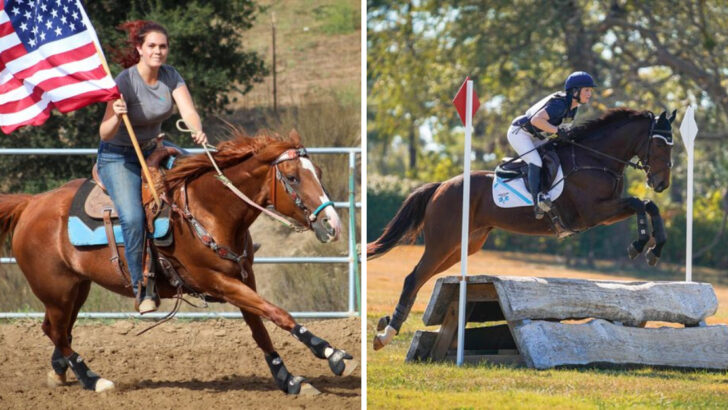One runs like lightning.
The other explodes off the line like a cannon.
Thoroughbreds and Quarter Horses may both be built for speed, but they live in very different lanes.
Thoroughbreds? Think racetrack royalty. Long legs, long distances, drama, and flair.
Quarter Horses? Think quick bursts, sharp turns, and total control—like the muscle car of the horse world.
They don’t just differ in how they move.
They differ in everything.
Temperament. Training. Even the way they look at you.
So before you saddle up, pick your pace.
Do you want the graceful sprinter who owns the spotlight,
or the stocky powerhouse who reads your next move?
Let’s break down what sets these two icons apart—because once you know the difference, you’ll never look at a pasture the same way again.
History and Origin
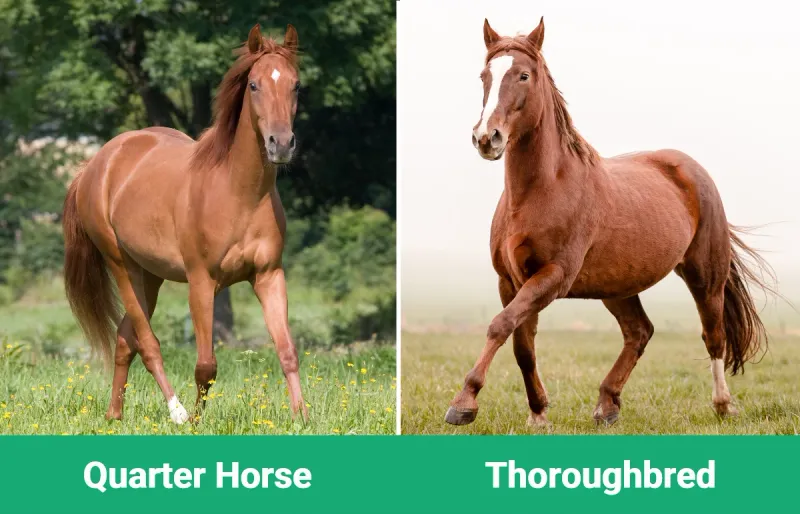
The lineage of Thoroughbreds can be traced back to the 17th and 18th centuries in England, where they were developed for racing and endurance. Influential sires like the Darley Arabian played a significant role in shaping their speed and agility. In contrast, the Quarter Horse originated in America during the colonial period, bred for its ability to excel in quarter-mile races and ranch work. Its development was influenced by a mix of Spanish, Native American, and English horses. Did you know? The name “Quarter Horse” is derived from their quarter-mile racing prowess.
Physical Appearance
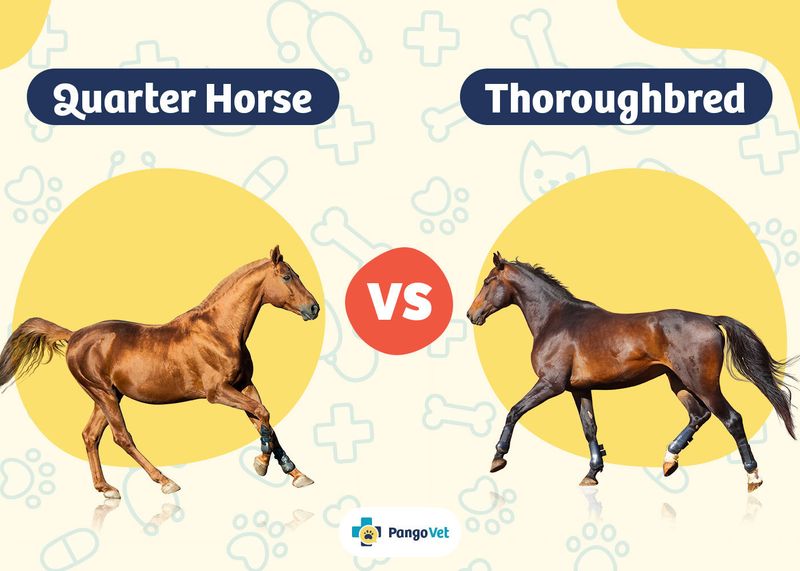
Thoroughbreds are typically taller, with a lean, athletic build, measuring between 15 to 17 hands. Their elegant stature and long legs make them ideal for endurance and speed. On the other hand, Quarter Horses are more muscular and compact, standing between 14 to 16 hands. Their sturdy frame is perfect for agility and quick acceleration. This contrast in physique reflects their specialized roles, whether on the racetrack or the ranch. Fun fact: Quarter Horses have the largest registration numbers of any breed in the United States, emphasizing their popularity.
Temperament
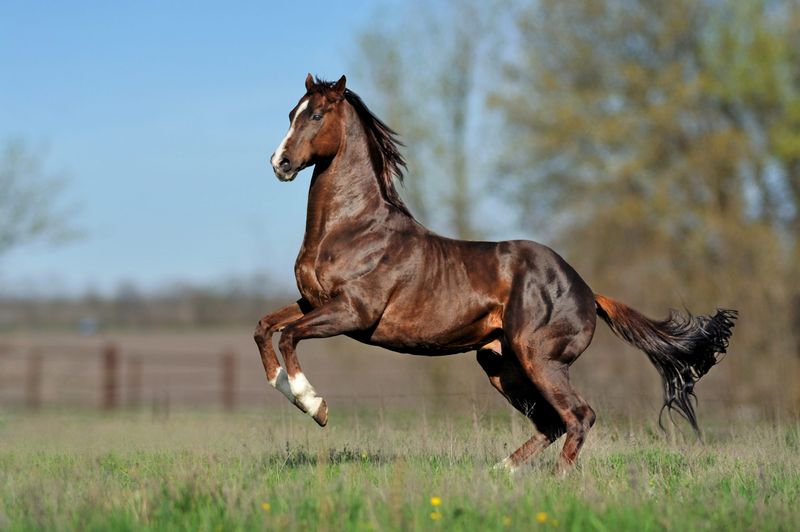
Thoroughbreds are known for their spirited and high-strung nature, a personality trait that complements their racing capabilities. They require skilled handling and training to channel their energy positively. In contrast, Quarter Horses are celebrated for their calm demeanor and intelligent disposition. Their easygoing nature makes them suitable for beginners and various equestrian disciplines. This difference in temperament showcases the adaptability and specific talents of each breed. Did you know? Quarter Horses are often chosen for therapy programs due to their gentle and patient personalities.
Racing Abilities
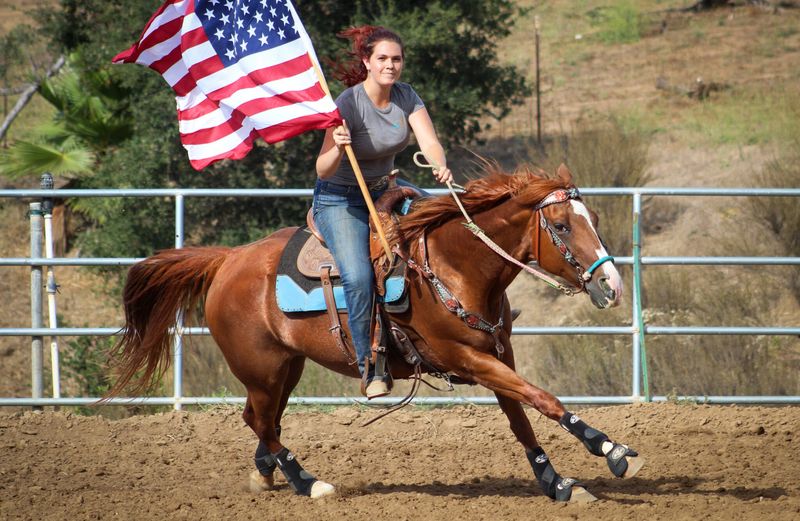
Thoroughbreds are renowned for their stamina and speed, dominating long-distance races on tracks worldwide. Their ability to maintain high speeds over miles is unmatched. Conversely, Quarter Horses excel in short sprints, known for their explosive speed over a quarter-mile distance. Their racing prowess is evident in events like barrel racing and rodeo competitions. This specialization in racing abilities highlights the distinct purposes these breeds serve. Historical note: The first recorded Thoroughbred race took place in 1174, while Quarter Horses have been racing since colonial America.
Versatility in Sports
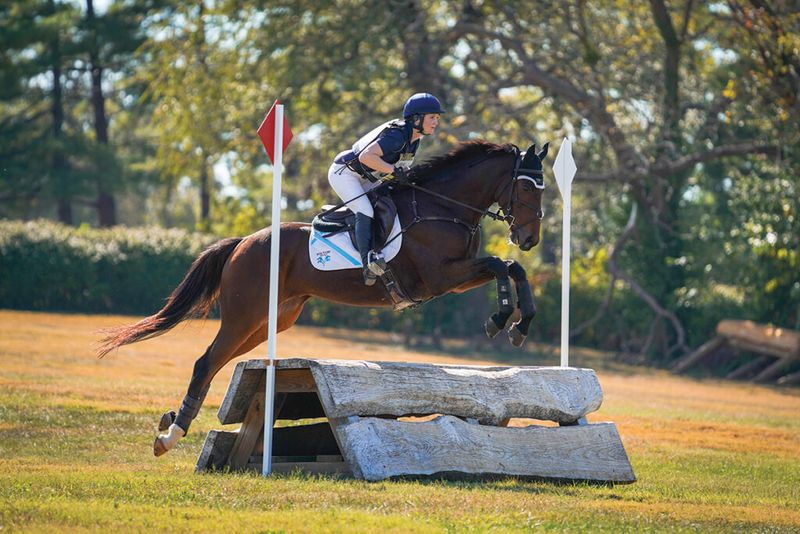
While Thoroughbreds are primarily associated with racing, they also excel in show jumping, dressage, and eventing. Their agility and grace make them a popular choice for various equestrian sports. Quarter Horses, however, are the epitome of versatility, performing exceptionally in rodeo events, cutting, reining, and even trail riding. This adaptability to different disciplines demonstrates their robust and flexible nature. Did you know? The American Quarter Horse Association offers competitions in over 100 different disciplines, reflecting the breed’s wide-ranging capabilities.
Genetic Makeup
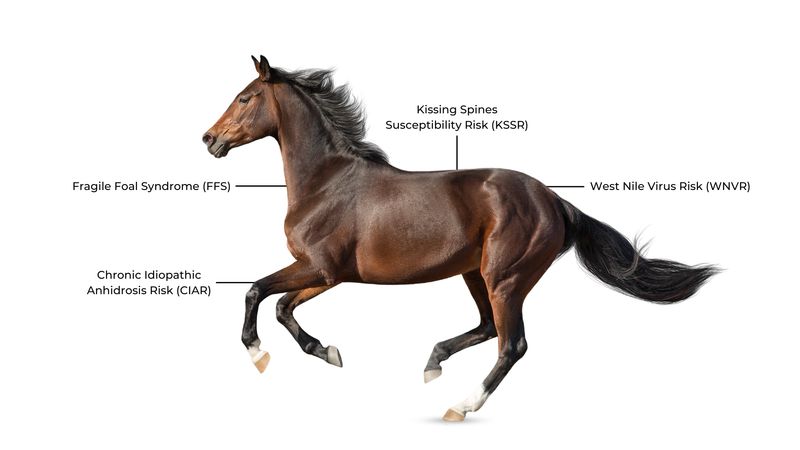
The genetic makeup of Thoroughbreds is meticulously documented, with pedigrees tracing back centuries, ensuring purity and performance consistency. Their genetics are optimized for speed and endurance. In contrast, Quarter Horses have a more diverse gene pool, contributing to their versatility and adaptability. This genetic diversity is the cornerstone of their ability to perform various tasks, from racing to ranch work. An interesting tidbit: Thoroughbred genetics emphasize fast-twitch muscle fibers for sustained speed, while Quarter Horses benefit from both fast and slow-twitch fibers for quick bursts and strength.
Training Methods
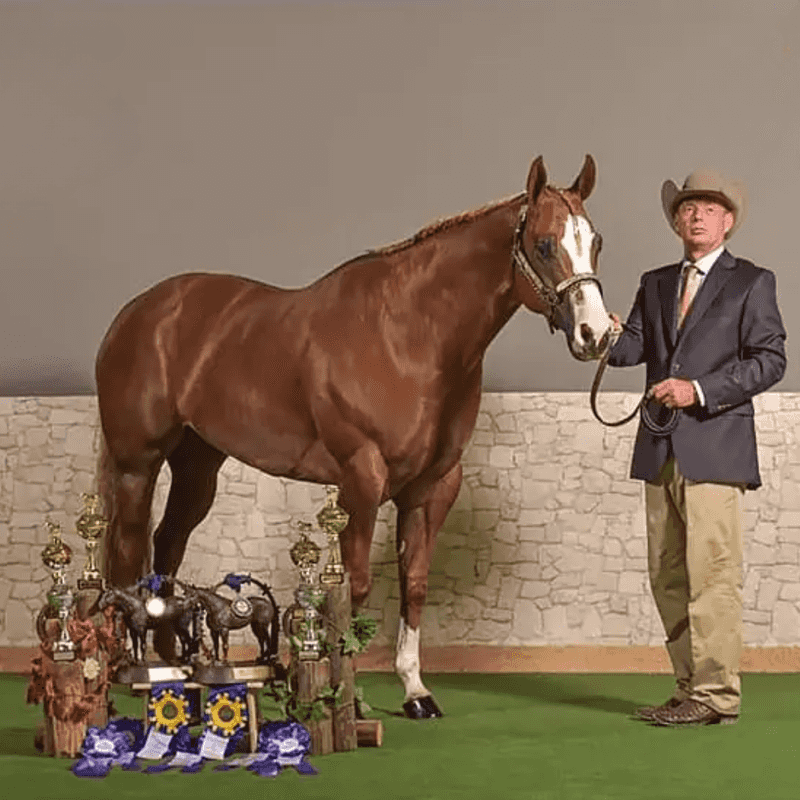
Thoroughbred training is intensive and focused on speed and endurance, often beginning at a young age to compete in races. Trainers employ specific techniques to enhance their racing potential. In contrast, Quarter Horses undergo versatile training, preparing them for diverse roles in ranch work, rodeo events, and leisure activities. Their training emphasizes agility and quick responses. The variation in training methods reflects the distinct functions and environments these breeds thrive in. Did you know? Thoroughbreds typically start racing at the age of two, while Quarter Horses might begin their training around the same age for different purposes.
Lifespan and Health
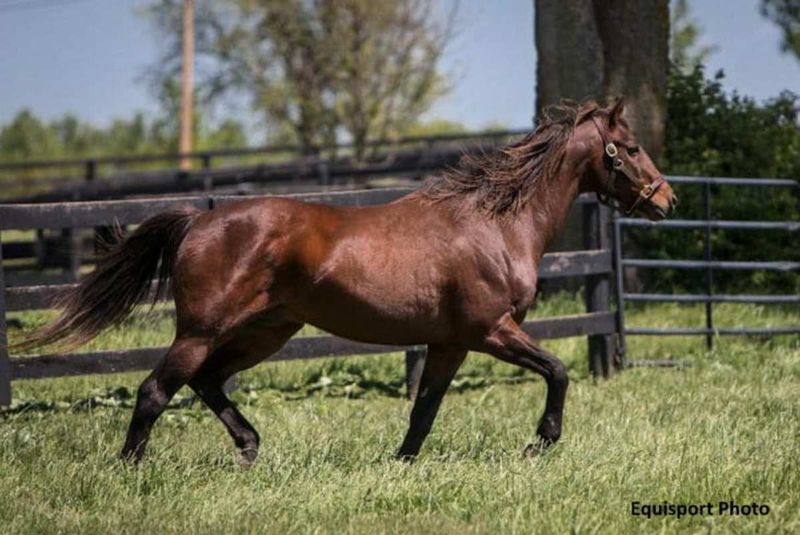
Thoroughbreds often have a lifespan of 25 to 30 years, though their racing careers are usually much shorter due to the physical demands. Their health requires diligent care, particularly for common issues like leg injuries. Quarter Horses, with a similar lifespan, are known for robust health and resilience, often leading longer active lives in various disciplines. Their sturdy constitution makes them less prone to some of the ailments seen in Thoroughbreds. Fun fact: The oldest recorded horse was a Quarter Horse named Old Billy, who lived to be 62 years old.
Popularity and Usage
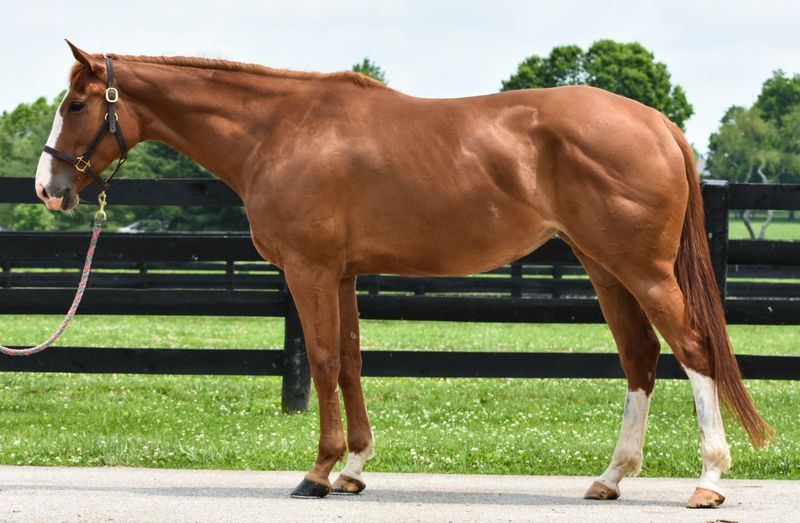
Thoroughbreds are synonymous with the racing industry, drawing fans worldwide to events like the Kentucky Derby. Their elegance and performance have made them a staple in equestrian sports. On the other hand, Quarter Horses are celebrated for their versatility and are a favorite among ranchers, recreational riders, and rodeo competitors. Their widespread use across disciplines contributes to their status as the most popular breed in the U.S. Did you know? The American Quarter Horse Association is the largest breed registry in the world, showcasing the breed’s immense popularity.
Coat Colors and Markings
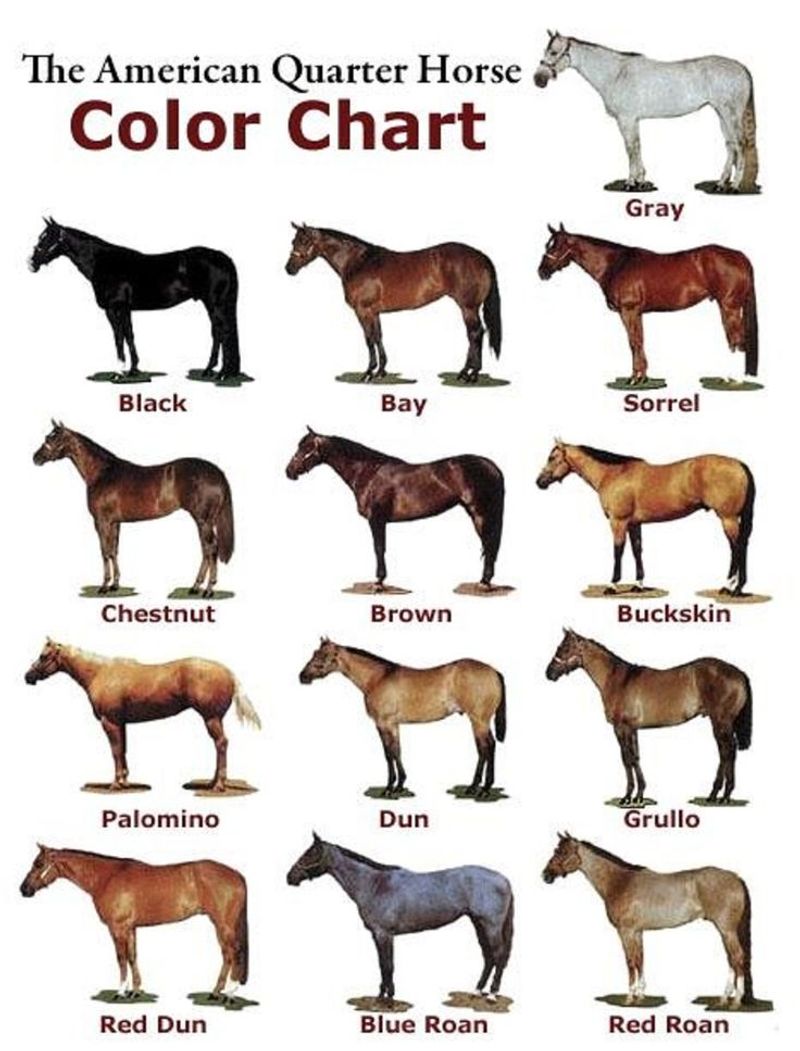
Thoroughbreds primarily come in solid colors like bay, chestnut, and grey, with minimal white markings. Their sleek coats and distinctive features are iconic in the racing world. Quarter Horses, however, boast a wide variety of colors and patterns, including palomino, buckskin, and roan, offering a vibrant array of choices for enthusiasts. This diversity in appearance adds to their charm and appeal. Interesting tidbit: The diverse coat colors in Quarter Horses are a result of their broad genetic background, unlike the more uniform Thoroughbred lineage.
Feeding and Nutrition
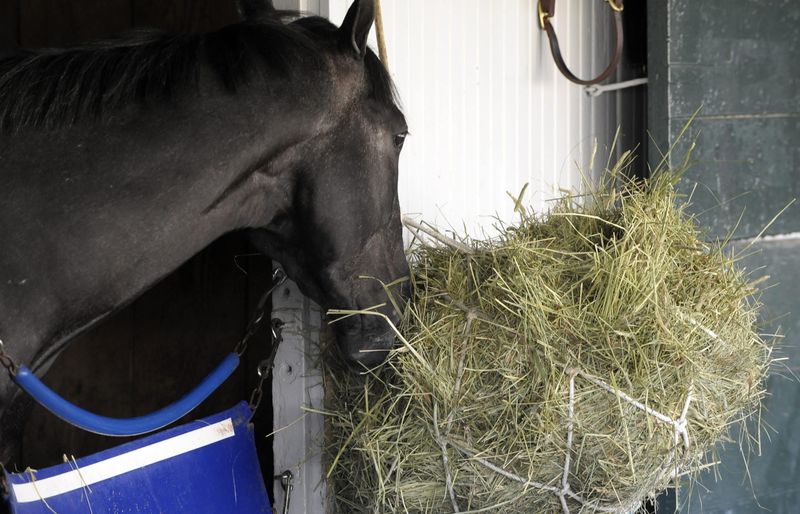
Thoroughbreds require a high-energy diet to sustain their racing lifestyle, often consuming grains and supplements for optimal performance. Their nutrition is carefully managed to maintain their weight and energy levels. Quarter Horses, with their varied roles, have a more flexible diet that includes hay, pasture, and grains. Their nutritional needs adapt to their activity levels, whether working on a ranch or competing in a rodeo. This difference in dietary requirements reflects the varying demands of their respective activities. Did you know? A Thoroughbred can eat up to 15 pounds of food a day during peak racing season.
Social Behavior
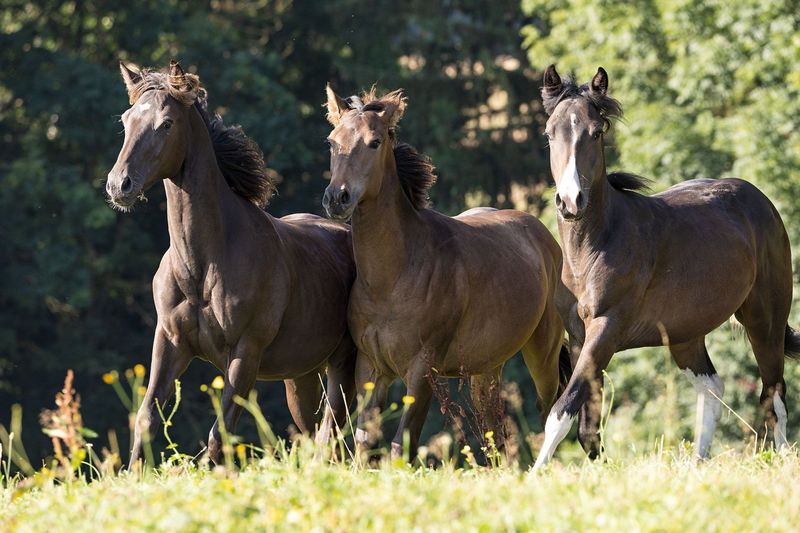
Thoroughbreds, with their spirited nature, may exhibit more dominant and competitive behaviors, especially in a racing environment. They thrive on interaction but may require experienced handlers to manage their energy. Quarter Horses, on the other hand, are known for their sociable and gentle demeanor, often forming strong bonds with humans and other horses. Their approachable nature makes them ideal for family-friendly settings and beginner riders. This divergence in social behavior underscores the unique personalities that define each breed. Fun fact: Quarter Horses are often described as “people horses” due to their friendly and cooperative disposition.
Breeding Practices
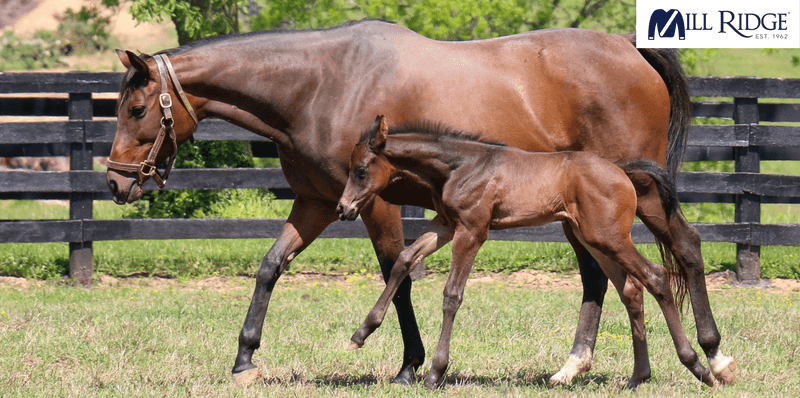
Breeding Thoroughbreds is a meticulous process, focusing on maintaining lineage and enhancing speed and agility traits. Each mating is carefully planned to ensure the continuation of desirable characteristics. Quarter Horse breeding prioritizes versatility and performance across various disciplines. Their breeding programs often aim for a well-rounded horse capable of excelling in multiple areas. The contrasts in breeding practices reflect the distinct goals and outcomes associated with each breed. Did you know? The Jockey Club, responsible for Thoroughbred registry, requires natural mating, whereas artificial insemination is common in Quarter Horse breeding.
Cultural Significance
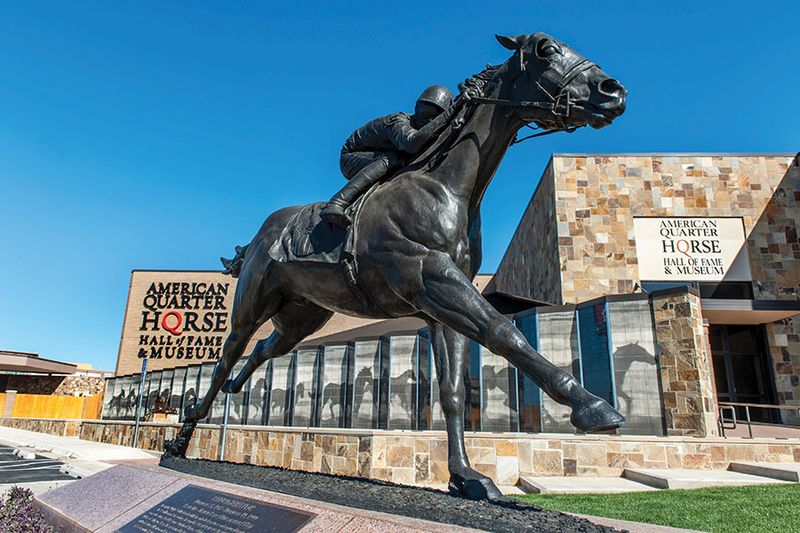
Thoroughbreds hold a prestigious place in the horse racing world, symbolizing elegance, wealth, and competition. They are central to renowned events like the Triple Crown races, attracting global attention. In contrast, Quarter Horses are integral to American cowboy culture, embodying the spirit of the West in rodeos and ranching. Their cultural significance is deeply rooted in the American tradition of horse riding and agriculture. This duality in cultural roles illustrates the diverse impact these breeds have had on society. Fun fact: The Kentucky Derby, a Thoroughbred race, is dubbed “The Most Exciting Two Minutes in Sports.”

